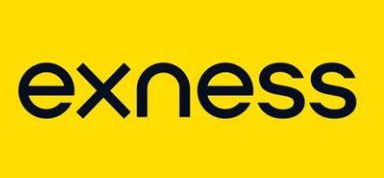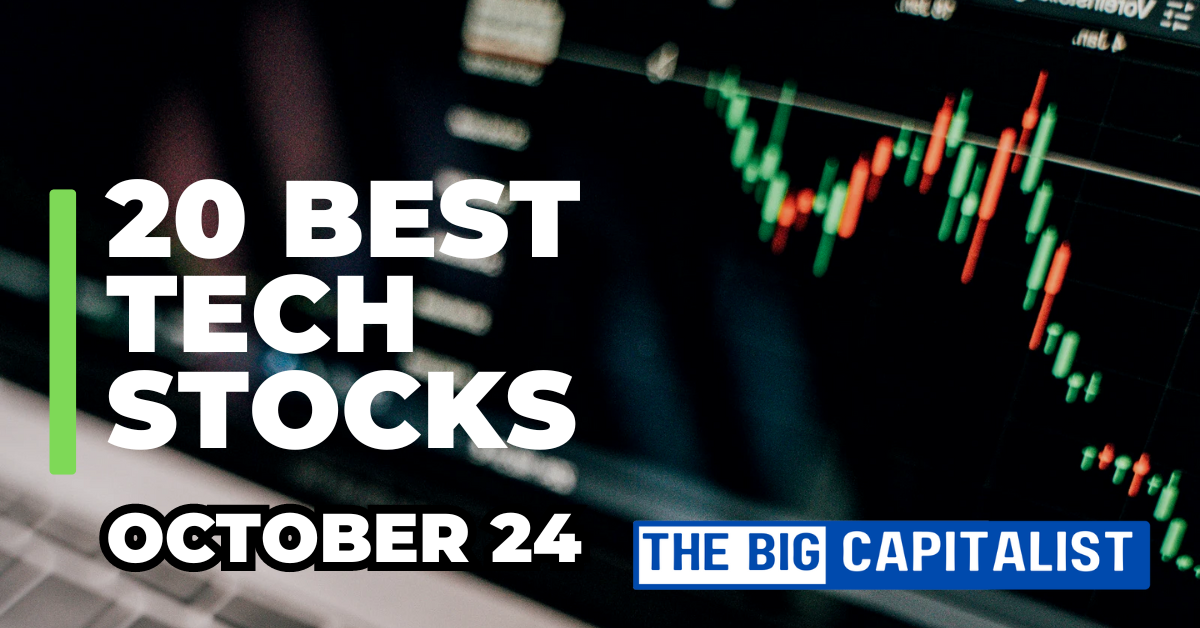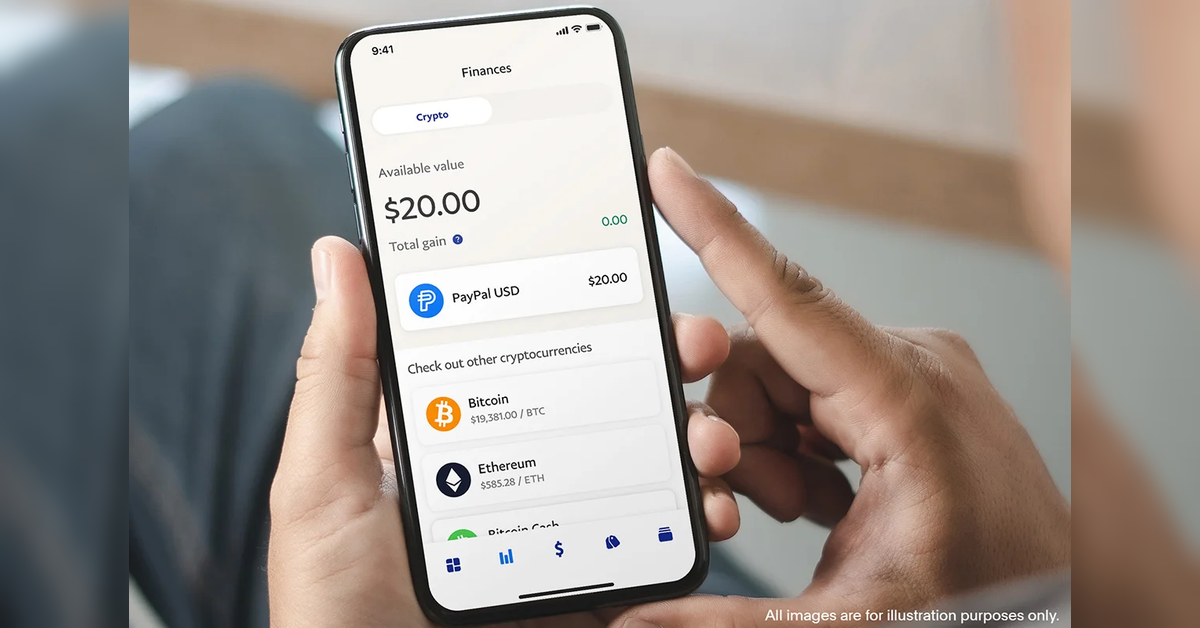CFD Trading, or Contract for Difference Trading, is a popular form of financial trading. Understanding CFD Trading and knowing the basics of CFD Trading allows traders to speculate on the rising or falling prices of fast-moving global financial markets.
But what exactly is CFD Trading?
This guide will delve into CFD Trading. It will explain how it works, its benefits, and the risks involved.
We will also compare CFD Trading with other forms of trading. This includes stocks, options, and futures. We will also discuss the difference between spread betting and CFD Trading.
Is CFD Trading halal? This is a common question among Muslim traders. We will explore this topic in detail.
Choosing the right platform is crucial for successful trading. We will guide you on how to select the best CFD Trading platform in the UK.
Whether you’re a beginner or an experienced trader, this guide will provide valuable insights. It aims to enhance your understanding of CFD Trading and help you make informed trading decisions.
What is CFD Trading?

CFD Trading stands for “Contract for Difference” Trading. It is an agreement between two parties to exchange the difference in the value of a financial instrument, from the time the contract opens to when it closes.
These contracts are versatile. They allow traders to speculate on price movements without owning the underlying asset. This flexibility makes CFD Trading appealing to many investors.
When trading CFDs, traders can go long or short. Going long means buying with the expectation that prices will rise. Going short involves selling with the expectation that prices will fall.
CFD Trading offers access to a diverse range of markets. Traders can engage with commodities, forex, indices, cryptocurrencies, and more. This variety provides many opportunities for seasoned and new traders alike.
One of the key features of CFD Trading is leverage. Leverage allows traders to control larger positions with a smaller amount of capital. However, it also increases the potential risks involved.
CFD Trading: Key Points
- ✔ Leverage: Trade larger positions with less capital
- ✔ Diverse Markets: Engage with stocks, forex, indices, and more
- ✔ Flexibility: Go long or short as market conditions change
- ✔ No Ownership: Trade assets without actually owning them
- ✔ Speculative Nature: Profit from price movements, not the underlying asset value
In summary, CFD Trading is a dynamic and accessible way to participate in financial markets. However, it’s crucial to grasp the underlying principles and associated risks before diving in.
How Does CFD Trading Work?
CFD Trading allows investors to engage in financial markets without owning the underlying assets. This approach creates numerous strategic opportunities for traders.
When you enter a CFD contract, you’re speculating on the price movements of a given market. If you believe prices will rise, you open a “buy” position. Conversely, if you expect prices to fall, you open a “sell” position.
These trades are conducted via CFD brokers, who act as intermediaries. They provide the platforms to execute these trades efficiently. It’s crucial to choose a broker with a good reputation and reliable service.
One distinct aspect of CFD Trading is its use of leverage. Leverage enables traders to gain full market exposure with a fraction of the investment typically required. However, it can amplify both gains and losses.
The process involves placing orders, which are immediately executed based on the broker’s pricing. Closing a position results in a profit or loss determined by the price change from when the position was opened.
Traders also need to understand the fees involved. Typically, these include spreads, commissions, and sometimes overnight financing charges. These factors can affect profitability, so careful consideration is vital.
Ultimately, effective CFD Trading requires understanding market dynamics and using strategic tools. Continuous learning and analysis help traders make informed decisions and manage their investments wisely.
The Role of Leverage in CFD Trading
Leverage plays a central role in CFD Trading by boosting the buying power of traders. It allows them to control larger positions with a small initial deposit, known as the margin.
While leverage can magnify potential profits, it also increases the risk of substantial losses. This dual nature requires traders to use leverage cautiously and understand its implications fully.
Sophisticated risk management techniques are essential when trading with leverage. Traders should employ strategies like setting stop-loss orders and defining clear entry and exit points. By doing so, they can mitigate potential drawbacks.
Understanding Margin and Margin Calls
Margin is the collateral required to open and maintain a leveraged position in CFD Trading. It represents the fraction of the trade’s total value that you must deposit upfront.
Effective margin management is crucial to sustain trading positions. If the market moves against a trader’s position, the broker might issue a margin call. This requires additional funds to keep the position open.
Failure to meet a margin call can lead to the automatic closing of positions. This is to prevent further losses beyond the initial investment. Therefore, having sufficient funds and monitoring trades are critical responsibilities for traders.
Being proactive and aware of market changes can help traders avoid margin calls and maintain control over their investments. This understanding empowers them to engage in CFD Trading with more confidence.
The Benefits and Risks of CFD Trading
CFD Trading offers both potential advantages and dangers. Understanding these elements is key to successful trading.
The benefits of CFD Trading often attract many investors. These benefits revolve around flexibility, market access, and potential profitability. CFD Trading stands out due to its ability to allow profit opportunities in both rising and falling markets.
Additionally, traders can access a broad range of markets from a single platform. This includes stocks, forex, indices, and commodities. Such accessibility makes it an attractive choice for diversifying investment portfolios.
Key Advantages
- ✔ Ability to trade on margin, increasing market exposure
- ✔ No requirement to pay stamp duty in many regions
- ✔ Access to global financial markets from a single account
Despite these advantages, CFD Trading does come with notable risks. The significant use of leverage can lead to rapid financial losses. It’s essential to manage these risks carefully with strategies like stop-loss orders.
Market volatility can also impact CFD positions heavily. Prices can change quickly, leading to unexpected outcomes and pressure on trading accounts.
Recognizing these risks is vital for traders. It helps them prepare adequately and employ effective risk management strategies. This understanding contributes to more informed decision-making when engaging in CFD Trading.
Pros of CFD Trading
- Ability to trade on margin, increasing market exposure.
- No requirement to pay stamp duty in many regions.
- Access to global financial markets from a single account.
Cons of CFD Trading
- Leverage advantage can turn into a significant risk factor.
- Prices can swing wildly, leading to potentially large losses due to market volatility.
- Various trading fees and costs, including spreads, commissions, and overnight fees.
CFD Trading vs Other Forms of Trading
CFD Trading is often compared with other trading forms like stocks, options, and futures. Each offers unique features and benefits.
While exploring these comparisons, it’s crucial to understand your trading objectives. Different trading methods cater to various investment goals and risk appetites.
At the core, CFD Trading differs primarily in flexibility. CFDs let traders speculate on price movements without owning the underlying assets. This is not the case with other forms of trading.
Stock trading involves ownership, which presents both benefits and limitations. Stocks offer dividends but require more capital for full asset ownership.
Options trading gives rights, not ownership. They involve different complexities, like expiry dates. This requires another layer of strategy for traders looking to engage in options.
Futures contracts, on the other hand, compel the buyer to purchase, and the seller to sell, a specific asset. They have set terms, which can be less flexible compared to CFDs.
Spread betting is often confused with CFD Trading due to similarities. However, it does have distinct tax implications and operational methods.
Ultimately, the choice between these forms depends on individual trader needs. Understanding each option ensures more informed trading decisions.
CFD Trading vs Stocks
CFD Trading and stock trading have fundamental differences. Stocks represent ownership in a company. This means stockholders have the right to dividends and voting power.
In contrast, CFDs involve speculating on price changes without ownership. CFDs allow traders to profit from both rising and falling markets. This offers greater flexibility and often comes with lower capital requirements.
CFD Trading vs Options
Options
Provide the right, but not the obligation, to buy or sell an asset. They come with expiry dates, adding complexity to trading decisions.
CFDs
Don’t come with expiry dates, allowing for more flexibility. Traders can exit positions whenever they choose, without worrying about time decay.
CFD Trading vs Futures
Futures Contracts
Obligate buying or selling an asset at a future date and price. They require firm commitments from traders, providing less maneuverability.
CFDs
Offer a more flexible approach without these strict conditions. Traders can speculate on price movements without entering a binding contract.
Difference Between Spread Betting and CFD Trading
Spread Betting
Often tax-free and involves wagering on market movements. It is less formal and geared toward speculative betting rather than structured trading.
CFD Trading
Can attract taxes like capital gains but offers a more formal framework. CFDs focus on asset price speculation and often provide broader access to international markets.
Choosing the Best CFD Trading Platform in the UK
Selecting a CFD trading platform is crucial for successful trading. The right platform offers a seamless trading experience with essential features.
When choosing a platform in the UK, consider regulation first. Reputable platforms are regulated by authorities like the Financial Conduct Authority (FCA). Regulation ensures the platform is safe and follows legal trading practices.
Next, examine the user interface and tools available. An intuitive interface with advanced charting tools enhances trading efficiency. Look for platforms offering real-time data, technical analysis tools, and customizable interfaces.
Customer support is another critical aspect. Quality customer service can aid in resolving issues promptly. Choose platforms that offer robust support via multiple channels, such as live chat and phone calls.
Lastly, assess the range of assets available for trading. A good CFD platform should offer diverse markets, including stocks, forex, commodities, and indices. Diverse asset options allow traders to explore various markets and expand trading opportunities.
Ethical Considerations: Is CFD Trading Halal?

The ethical aspect of CFD trading raises questions, especially about its compliance with Islamic law. Determining if CFD trading is halal requires understanding its structure and principles.
In Islam, finance must avoid excessive uncertainty and gambling (gharar and maysir). CFDs involve speculation, making them controversial under these principles. Some scholars believe the leverage and uncertainty in CFDs conflict with Islamic guidelines.
However, interpretations vary among scholars. Some argue that if CFDs are used for hedging rather than pure speculation, they may be permissible. The key is to ensure trading aligns with Islamic ethics, and consulting knowledgeable authorities can provide clearer guidance.
Managing Your CFD Trading Account
Effective management of a CFD trading account is crucial for success. One of the first steps is setting clear trading goals. Goals keep traders focused and disciplined in their strategies.
It is important to regularly review and adjust your trading strategies. The market is dynamic, and static plans may not work in changing conditions. Adaptability in strategy is key.
Understanding the cost structure associated with CFDs will aid in account management. Keeping an eye on spreads, commissions, and overnight fees helps manage expenses and improve profitability.
Finally, leveraging technology can enhance account management. Utilize trading platforms for their analytical tools, and stay informed with real-time data to make timely decisions. Regularly monitoring your CFD account ensures informed trading.
Setting Up a CFD Trading Account
Creating a CFD trading account involves a few straightforward steps. First, choose a reputable broker. Look for one that is well-regulated and offers competitive terms.
Next, complete the application process. This typically requires providing personal information and verifying your identity. It is important to review the broker’s terms and conditions carefully before proceeding.
After approval, you can fund your account. Many brokers offer various funding options, allowing for flexibility. Setting up your account with a reliable broker is the foundation of your trading journey.
Risk Management Strategies
Risk management is essential in CFD trading. A well-defined risk management plan helps mitigate losses. Setting stop-loss orders is a common strategy to protect against market downturns.
Traders should also consider position sizing. Calculating the appropriate amount to risk per trade limits potential losses. This strategy maintains account sustainability.
Diversifying your trades can also reduce risk. By spreading investments across different markets, traders lower exposure to single-market volatility. Employing these strategies can safeguard against significant financial setbacks in CFD trading.
Conclusion and Future Outlook of CFD Trading
CFD trading offers vast opportunities for traders keen on access to various markets. Its flexibility and potential returns make it appealing, yet it requires careful planning and risk management.
Looking ahead, the future of CFD trading seems promising, with technological advancements continually enhancing trading platforms. As market dynamics evolve, staying informed and adaptable will be crucial for traders aiming to capitalize on this exciting financial avenue.
How to Choose the Right Broker for You
1. Check Compliance:
Ensure the broker is regulated by trusted authorities like the FCA or ASIC.
2. Compare Costs:
Look for competitive spreads and low trading fees.
3. Test Platforms:
Test the platform for ease of use and the features you need.
4. Account Types:
Consider the variety of account types to match your trading goals.
5. Trading Tools:
Make sure the broker offers useful tools like charting and analysis features.
6. Deposit and Withdrawal:
Check the ease of deposits and withdrawals, as well as any associated fees.
7. Demo Account:
A demo account is essential for practicing without risk, so ensure it’s available.
Frequently Asked Questions (FAQ)
1. Can I Lose More Than My Initial Deposit with CFD Trading?
Yes. Depending on your broker and jurisdiction, if you’re trading CFDs without negative balance protection, you could lose more than your original deposit. Some brokers offer Negative Balance Protection (NBP) to prevent account balances from going below zero, but it’s not universal. Always confirm your broker’s policy before trading.
2. Are There Specific Times When CFD Markets Are Closed?
While you can trade CFDs on many underlying markets (forex, commodities, indices, etc.), each market follows its own trading hours. For example, certain CFDs on equities only trade during the stock exchange’s open hours. Check your broker’s schedule to know when specific markets are available for CFD trading.
3. How Do Dividends Affect CFD Positions on Stocks or Indices?
If you hold a long CFD position on a stock or index that pays a dividend, you often receive a credit to your account reflecting the dividend amount. Conversely, if you hold a short position, you could be debited. The precise mechanics depend on your broker’s policies.
4. What Is Slippage, and How Does It Affect My CFD Trades?
Slippage occurs when the market price changes between the time your order is placed and when it’s actually executed. In volatile markets, slippage can be significant. This can lead to trades opening or closing at prices different from what you expected, impacting profit or loss.
5. Do I Need Advanced Technical Analysis Skills to Trade CFDs Successfully?
Not necessarily. Fundamental analysis, technical analysis, or a combination of both can be used for CFD trading. Many traders find value in understanding technical indicators (moving averages, RSI, MACD) to gauge market sentiment. However, fundamental factors—like earnings reports or economic data—can equally drive price movements.
6. How Is CFD Trading Taxed in the UK?
In the UK, profits from CFD trading may be subject to Capital Gains Tax (CGT) unless it qualifies for spread betting rules or certain exemptions. Tax obligations vary based on individual circumstances. Always consult a tax professional or reference HMRC guidelines for clarity.
7. Is Algorithmic or Automated Trading Allowed for CFDs?
Yes. Most brokers permit Expert Advisors (EAs) or automated scripts on trading platforms like MetaTrader. However, each broker sets its own rules, and some may restrict high-frequency trading or scalping strategies. Check your broker’s terms and conditions if you plan on using trading bots.
8. Does Holding a CFD Position Overnight Incur Extra Costs?
Often referred to as an overnight financing charge, this daily fee is applied if you keep CFD positions open past a specific cutoff time. It reflects the cost of leveraged borrowing. The exact charge depends on the interest rate of the underlying asset and your broker’s policy.
9. What Is the Difference Between Market Maker Brokers and STP/ECN Brokers for CFDs?
- Market Maker Brokers: They set their own bid/ask prices, sometimes creating a direct conflict of interest with traders, but often provide instant order execution.
- STP/ECN Brokers: They route orders directly to liquidity providers (banks, other traders), typically offering tighter spreads with variable pricing. STP/ECN models are sometimes seen as more transparent.
10. Can I Partially Close a CFD Position?
Yes. Many platforms allow you to close a fraction of your open trade. For example, if your CFD position is 1 lot, you can close 0.5 lot and leave the remaining 0.5 lot open. This flexibility helps you lock in partial profits or manage risk incrementally.



















